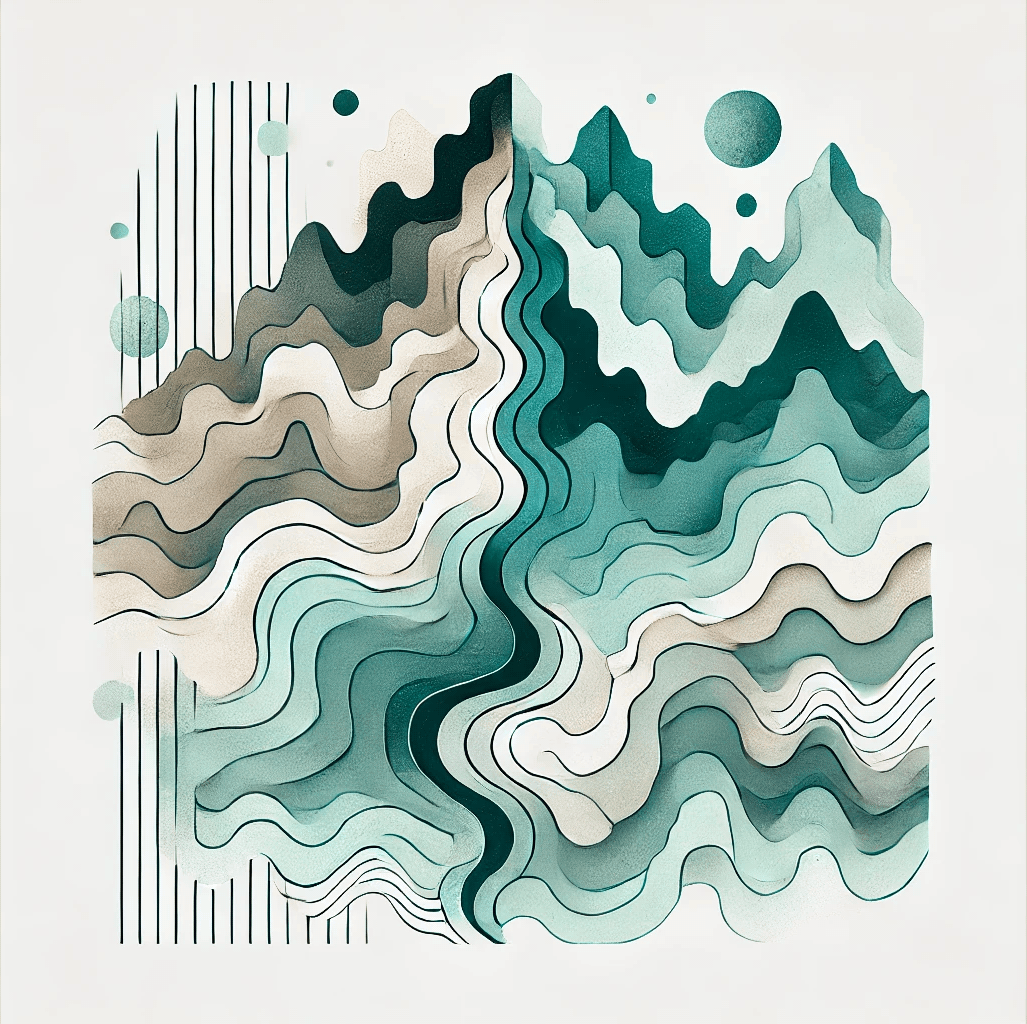Wardley Maps and Holistic Innovation Thinking
Innovation thrives on context. As leaders, we need situational awareness to decide where to focus, invest, and adapt. One of the most effective tools I’ve found for this is Wardley maps.
Wardley maps are a strategic framework for visualizing how components of a system evolve over time and how they serve specific user needs. I first encountered them at Canonical in the late 2000s, where they framed the company’s very successful move into the cloud. Since then, Wardley maps have become one of my go-to tools for making sense of complex systems and driving innovation.
If you’re new to Wardley maps, start with this 6-minute video. It’s the best quick introduction I’ve found. For a much deeper dive, Simon Wardley’s open-source book, Wardley Maps: Topographical Intelligence in Business, is a foundational resource—though I’ll admit I’m still working through it myself!
At their core, Wardley maps place components of a system on two axes.
• Visibility (Y-axis): How visible a capability is to a given user.
• Evolution (X-axis): Where the capability is in its evolution, from genesis to custom-built, productized, or commoditized.
A classic example maps a tea shop’s components: kettle, tea leaves, electricity, and more. Each component is placed based on its visibility and maturity, with dependencies drawn between them. This simple structure helps reveal where to innovate, invest, or optimize.
Applying Wardley Maps to R&D Leadership
Over the years, I’ve used Wardley maps in the way I see them most often advertised: to frame and iterate on strategic product decisions. Mapping user needs against available capabilities often highlights gaps where innovation can thrive. These maps also serve as a collaborative tool, making strategic context accessible to stakeholders and encouraging alignment.
But their applicability is much wider. Here are four other ways I’ve found them valuable.
1. Build vs. Buy Decisions
Mapping components helps clarify where innovation matters most. For highly visible or early-evolution components, building in-house often makes sense. For mature, commoditized needs, leveraging off-the-shelf solutions can free resources for higher-value work.
In one case, mapping a product revealed that a custom-built capability was invisible to users and well-covered by existing solutions. Adopting an off-the-shelf product let us refocus on more strategic, user-facing innovation.
In another instance, we mapped a key component that was highly visible to users and early in its evolution for our company but well-established in the marketplace. Investigating further, we found our custom solution better fit our use case and became a valuable differentiator, worthy of deeper investment.
2. Team Organization and System Architecture
Wardley maps are a powerful tool for structuring teams and services. Drawing on Team Topologies, I’ve used maps to align team boundaries with user needs and system components for fast flow of work.
One reorganization effort relied on lightweight mapping to iterate on personas, jobs to be done, and component groupings. The maps served as a visual tool for team conversations and helped frame the final strategy. The clarity they provided contributed to one of the smoothest and most effective reorganizations I’ve led.
3. Delivery Expectations
Wardley maps remind us that different phases of capability evolution require different goals. Early-stage innovations demand flexibility and speed; mature systems prioritize efficiency and reliability. This mindset has helped align internal and external expectations for polish, cost efficiency, and delivery speed across diverse contexts.
4. Career Guidance
Similarly, reflecting on the patterns associated with different Wardley evolutionary phases has helped me identify that I particularly enjoy the early and growth stages. As a leader, we have to be conversant with all of them—more on that next week!—but I have found it to be a useful model in shaping my own career.
Closing Thoughts
Wardley maps don’t prescribe answers. They reveal the landscape, helping leaders make informed decisions.
As R&D leaders, our work spans interconnected domains: product, engineering, data, operations, security, infrastructure, and more. Wardley maps remind us that even in mature or commodity areas like infrastructure, opportunities for innovation exist. Scale, reliability, and security aren’t just operational concerns—they’re customer experiences.
This is what excites me about innovation leadership: managing the entire space while focusing on the areas that create the most value. Wardley maps are one of the tools that help me do just that.
If you haven’t explored them yet, give them a try. Start small. Map a decision you’re grappling with and see where it leads you. And if it resonates, I’d love to hear how you use them.


